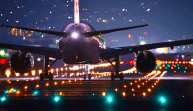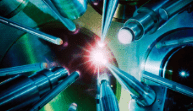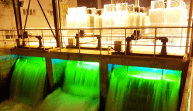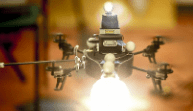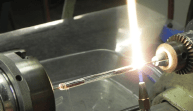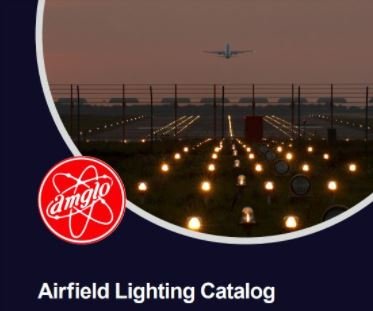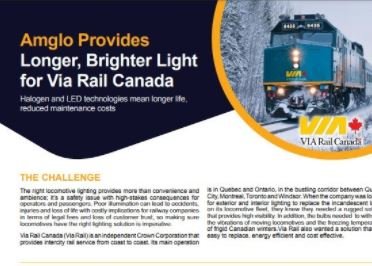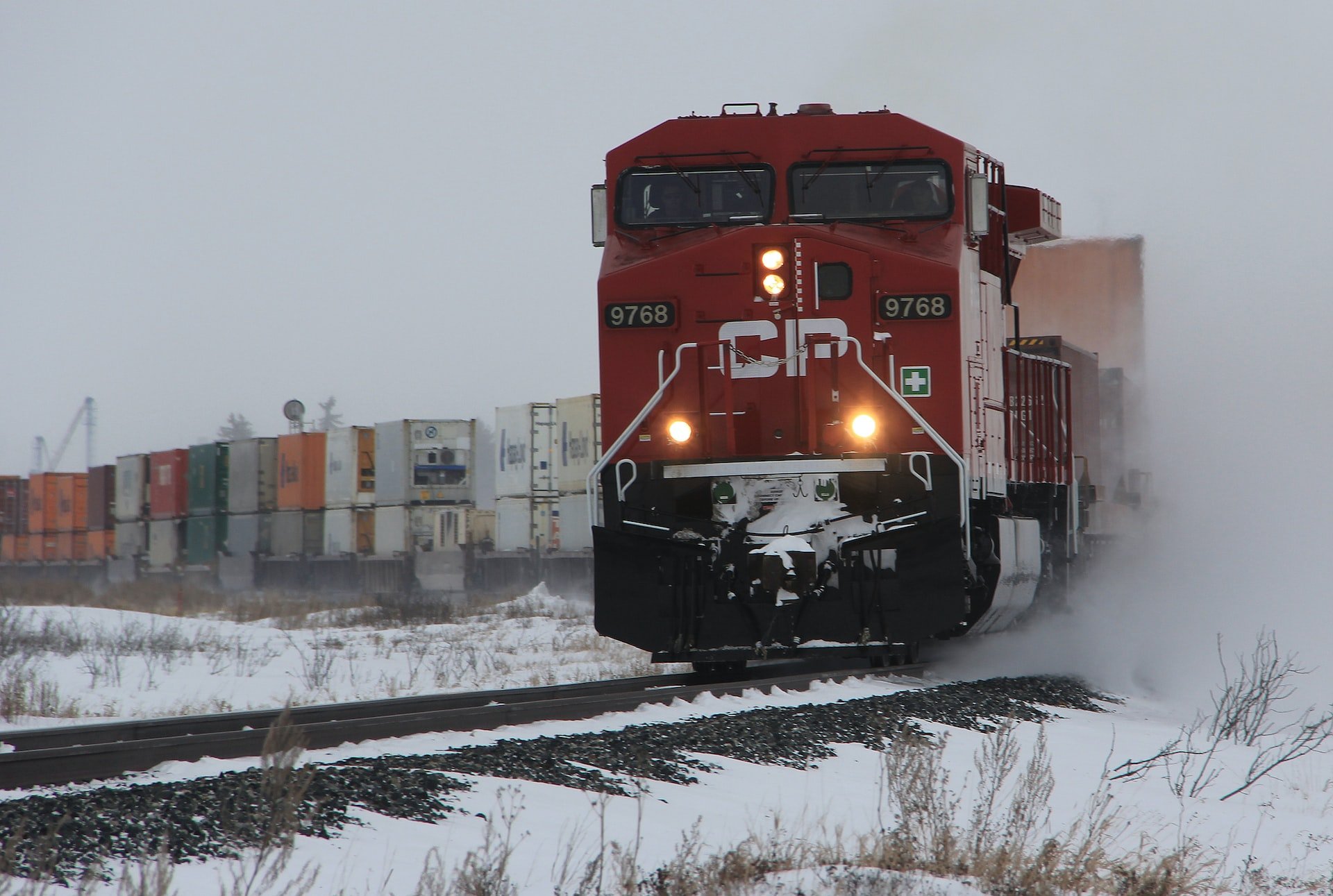
The Role Lighting Plays in Locomotive Safety
There is something about trains that has fascinated us from the time we were children. Perhaps it is the sense of adventure a moving train invokes or the lonely, rumbling sound of a passing freight train at night that makes us wonder where it is headed. Even if you are not a full-blown train enthusiast, there is no doubt people love looking at trains.
A case in point is Union Pacific’s Big Boy No. 4014 steam engine on its 2024 Heartland of America Tour, currently underway across the country. Having kicked off this August from Cheyenne, Wyoming, this mighty steam locomotive will be on public display in Arkansas, Colorado, Illinois, Iowa, Kansas, Missouri, Nebraska, Oklahoma, and Texas—to sold-out crowds.
What caught our attention is that when you visit the tour’s website to check the schedule, you’ll also find essential tips on railroad safety. Safety is a paramount concern for everyone involved with railroads—be it passengers, pedestrians, or personnel working on the trains. The critical area of safety we keep focused on at Amglo is locomotive lighting. Whether it’s illuminating platforms, tracks, or maintenance areas, ensuring the selection and installation of the right exterior and interior lighting for a locomotive is vital and requires careful consideration of several essential qualities. These include durability, visibility, and energy efficiency to enhance uptime and sustainability within critical transportation hubs.
It stands to reason, then, that theFederal Register Administration (FRA) has specs to follow when choosing exterior lighting. When illuminated, the headlights on a locomotive need to produce a peak intensity of at least 200,000 candelas, at least 3,000 candelas at an angle of 7.5 degrees, and at least 400 candelas at an angle of 20 degrees from the centerline of the locomotive when the light is aimed parallel to the tracks. Each headlight needs to allow the person in the locomotive’s cab to see someone standing at least 800 feet ahead and in front of the headlight.
The interior of a locomotive requires bright lighting for walkways, stairways, engine rooms, and electrical cabinets. The LED lamps typically used for interior lighting offer lightweight construction to withstand high vibration. The lamps operate in a wide range of temperatures, from -40°C to 70°C, to provide the flexibility to deploy locomotives anywhere in the U.S. LED lighting is especially beneficial when used in the engine room compartment of the locomotive. Additional benefits include increased uptime, reduced maintenance costs, and PVC/acrylic construction which equates to longer bulb life.
Locomotive lighting, while just one piece of overall locomotive maintenance, is an area that requires careful attention and selection. At Amglo, we have a mission to keep pace with industry standards, including a commitment to railroad safety and performing rigorous quality assurance tests in our facility.
Lighting is an essential aspect of railroad safety, from the bright, energy-efficient LED lights illuminating the interior to the powerful headlights ensuring visibility for miles. As technology continues to evolve, so does our commitment to excellence and safety. After all, when it comes to train travel, it’s more than just getting from point A to point B; it is doing so in the safest and most efficient way possible.





